AI tools are popping up everywhere, from customer service bots to software that tracks productivity. AI schedules meetings, writes emails, or even hires new employees. And while all these tools are meant to make work easier, faster, and more efficient, there’s a growing question that needs to be asked: At what cost to the people actually doing the work?
The rise of smart tech has brought massive changes to the way people work, and not all of them are positive. There’s a quiet toll on mental health that often gets overlooked. People actually doing the work often report being forced to do more work instead of less because they have to double-check and fix if the AI makes mistakes. There are other issues, as well.
More Efficient Doesn’t Always Mean Better
From a company’s point of view, AI is a dream addition to the workforce. It can help automate many tasks, do things faster, work with massive data, and you only pay once for the software. However, for human employees, who are actually forced to work with AI, the reality of the workplace can feel very different.
Let’s take, for example, productivity tasks. People treat the process of work differently, and the company should be generally interested in the results of the work. Productivity apps, on the other hand, monitor workers very closely, analyzing even facial expressions during a Zoom meeting. These tools are expected to improve performance, but in reality, people feel like they are always being watched, and this does not influence their psychological comfort well.
This constant watching quickly becomes exhausting, creates unnecessary pressure, and workers feel obliged to always look and act busy, but it does not mean that their workload changes or that they actually become more productive.
Moreover, some workers may feel so stressed that they will skip breaks, take less time to eat, or work until late just to avoid negative feedback from the app. All these activities do not add to the general productivity in the long-term perspective.
Therefore, what is supposed to improve efficiency and make life easier ends up doing the complete opposite.
The Rise of “Productivity Paranoia”
People have already been going crazy about productivity even before the rise of AI, getting burned out at work or even in their hobbies, because it is believed that productivity is the ultimate cure and a path to success in life.
AI tools only added fuel to this fire. There’s even a name for this stress – productivity paranoia. This phenomenon takes place when workers feel like they need to constantly prove that they are working because AI is watching. Even if they are great experts and are doing amazingly, they still believe the system will not be able to appreciate the results. And let’s be honest – sometimes it doesn’t.
This kind of stress builds up. People feel anxious, burnt out, and disconnected. Instead of focusing on doing their job well, they’re focused on avoiding punishment or trying to “game” the system. This is definitely not good for performance, and especially teamwork.
And when people feel like they’re just numbers being tracked by machines, it’s hard to stay motivated.
The Fear of Being Replaced
Another big issue? Fear and negative expectations. As AI gets better at automating tasks, more workers are asking: Is my job next to be replaced by AI?
That fear isn’t always irrational. AI is already handling tasks once done by humans – copywriting, translation, customer support, scheduling, and data entry. Even creative roles aren’t safe anymore because AI steals art online to build its own “art” on top.
For employees, this fear can cause serious anxiety. It’s not just about losing a paycheck. It’s about losing identity, stability, and purpose. Work isn’t just something people do for money; it’s often part of how they see themselves and build their identities on. If AI takes that, what is it there left for them? They might be able to find another job, but the identity crisis can be real.
Not All AI Is Bad, Though
It’s important to be fair: not all AI tools are harmful. Some are actually great for mental health. AI can automate boring, repetitive tasks that drain energy and take lots of effort and focus from humans. It can help solve repetitive problems automatically without involving humans who can be busy with other tasks; if you want to find $5 minimum deposit casinos in the country on reviewer website, a chatbot will recommend them to you as efficiently as a human would – but even faster.
It can help with scheduling, so people aren’t overwhelmed. It can work with numbers and loads of data, saving people time for creative or strategic tasks. Some companies even use AI chatbots to offer anonymous mental health support or recommend helpful resources.
So no, AI itself isn’t the enemy. The problem is how it’s used. If the AI apps were dropped without explanation or warning and turned the workplace into a surveillance zone, this is one situation. If they were introduced with clear communication to free the human workers for more meaningful work, they could be helpful and useful.
Final Thoughts
Smart tech is exciting. It can make work smoother, faster, and sometimes even more fun. But it can also create stress, fear, and burnout – especially when used without thinking about the human side of things.
AI doesn’t have feelings, and people do. And no tool, no matter how smart, should ever come before the well-being of the people using it. And eventually, people still need people to work, function, and give truly visionary or creative ideas.













